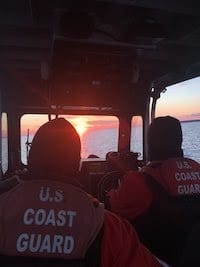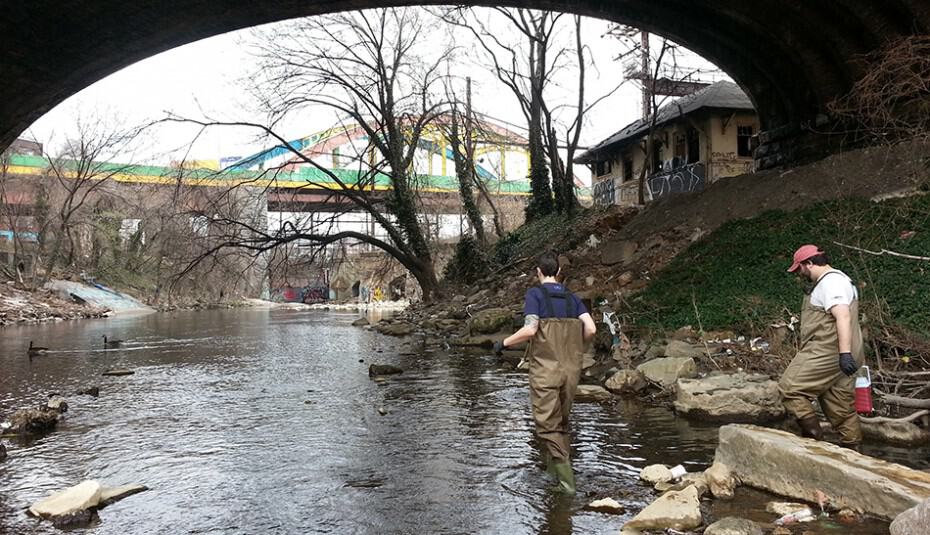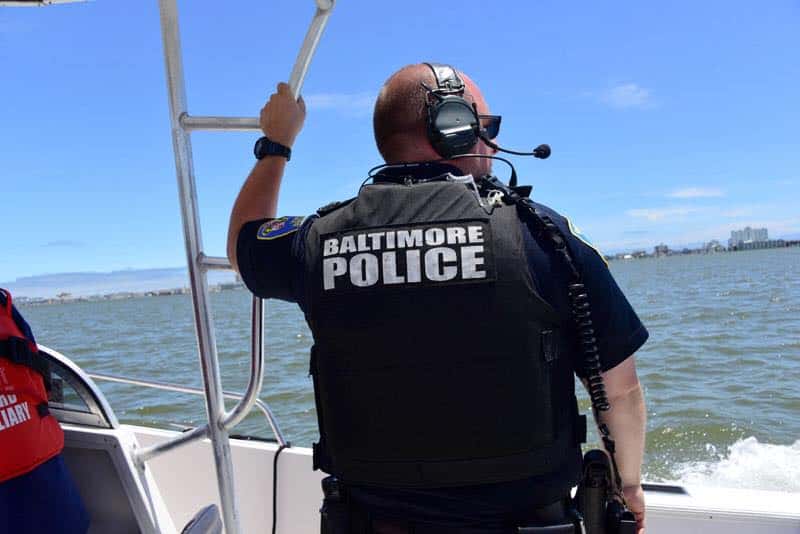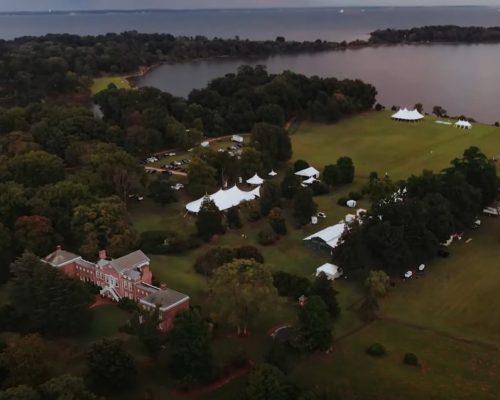The longest federal government shutdown in U.S. history is taking its toll on the entire country, but especially on our national treasure, the Chesapeake Bay.
Coast Guardsmen and women did not receive their mid-month paycheck.It’s been more than 24 days since 800,000 workers were furloughed or forced to work without pay. The partial shutdown began December 22, 2018, when last-minute negotiations in Congress failed to end the budget standoff that largely centers around President Donald Trump’s $5.7 billion plan for a wall at the United States’ southern border.
The many national parks along the Chesapeake Bay and its tributaries— Assateague Island National Seashore, Fort McHenry, and Harpers Ferry National Historic Park, to name a few— aren’t being staffed by National Park Service employees, or receiving their regular maintenance. Visitors must enter the grounds at their own risk. An alert at the top of the National Park Service’s website reads:
During the federal government shutdown, this website will not be updated and may not reflect current conditions. Some national parks may remain accessible to visitors; however, access may change without notice. Some parks are closed completely. Some visitor services may be available when provided by concessioners or other entities. For most parks, there will be no National Park Service-provided visitor services, such as restrooms, trash collection, facilities, or road maintenance. For more information, see www.doi.gov/shutdown and the park website.
It’s not just some of our favorite waterfront public lands that are affected. The U.S. Coast Guard, among the first responders in almost any on-water emergency, just notified its service members on Tuesday that they wouldn’t receive their mid-month paycheck.
In a letter “To the Men and Women of the U.S. Coast Guard,” Commandant Admiral Karl L. Schultz writes,
“To the best of my knowledge, this marks the first time in our Nation’s history that servicemembers in a U.S. Armed Force have not been paid during a lapse in government appropriations.”
He then goes on to announce that financial group USAA has donated $15 million to support Coast Guard members in need, which will be distributed by the American Red Cross and Coast Guard Mutual Assistance.
Admiral Schultz writes, “I am grateful for the outpouring of support across the country, particularly in local communities, for our men and women. It is a direct reflection of the American public’s sentiment towards their United States Coast Guard; they recognize the sacrifice that you and your family make in service to your country.”
U.S. Coast Guard Mid-Atlantic, which serves the Chesapeake, has not slowed down its efforts to keep the Bay safe— service members are just making those efforts without knowing when they’ll receive a paycheck again.
The Chesapeake Bay Program’s Annapolis office is closed during the shutdown, with about 75 to 80 federal employees currently furloughed, and another 15 contractors who aren’t getting paid.
Rachel Felver, communications director for the Chesapeake Bay Program, tells Bay Bulletin the vital agencies that work out of the temporarily-shuttered Chesapeake Bay Program office include EPA, NOAA, the National Park Service, Forest Service, and United States Geological Survey.
Felver works under the Alliance for the Chesapeake Bay under an EPA grant. Her team has been able to continue its work in an alternate location. Even so, the team isn’t safe from the ongoing shutdown.
“Every grant has an end date for funding,” she says, “so it is a bit worrisome for us.”
A key data system mariners rely on in the Bay is also down. The Chesapeake Bay Interpretive Buoy System, managed by NOAA, isn’t currently providing information on Bay current, wind, water temperature, salinity, and oxygen.
Bay Bulletin will continue to update this page as the partial government shutdown continues to impact the Chesapeake Bay region.
-Meg Walburn Viviano




